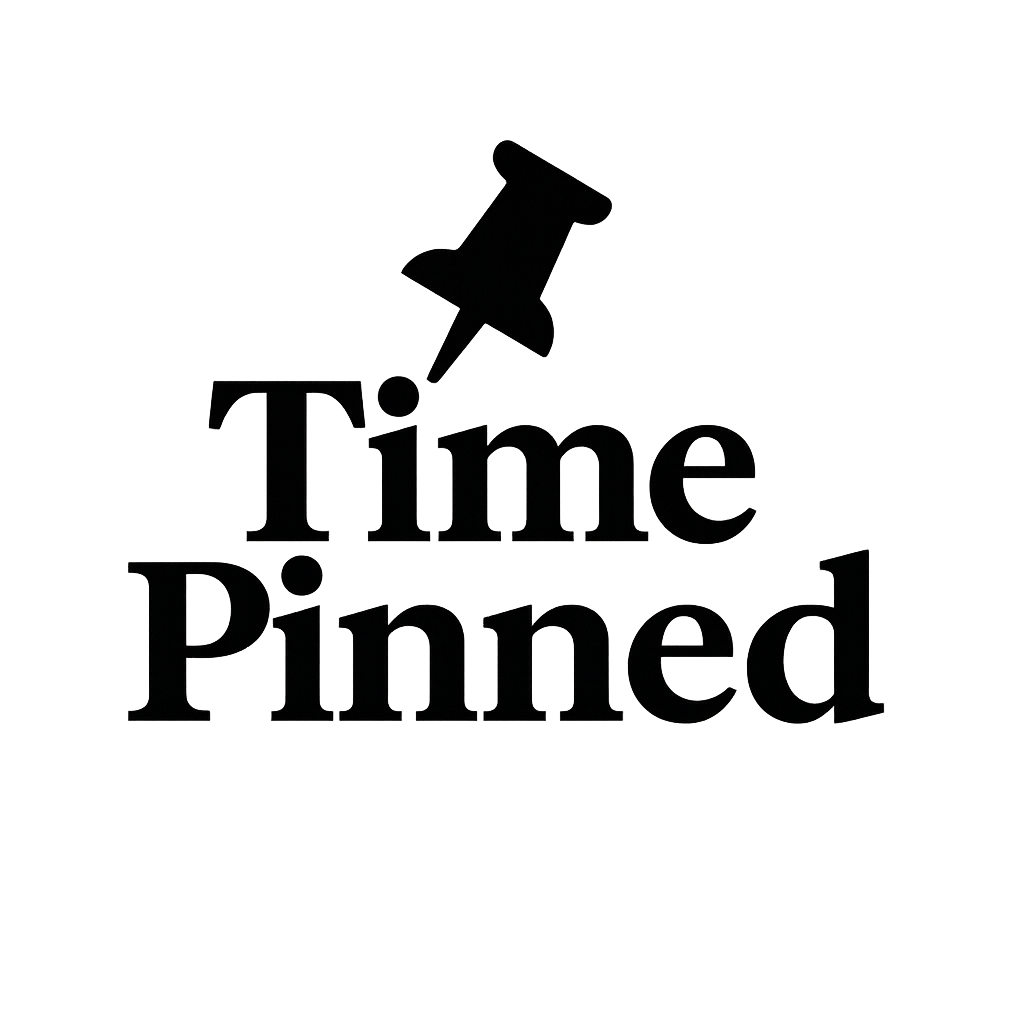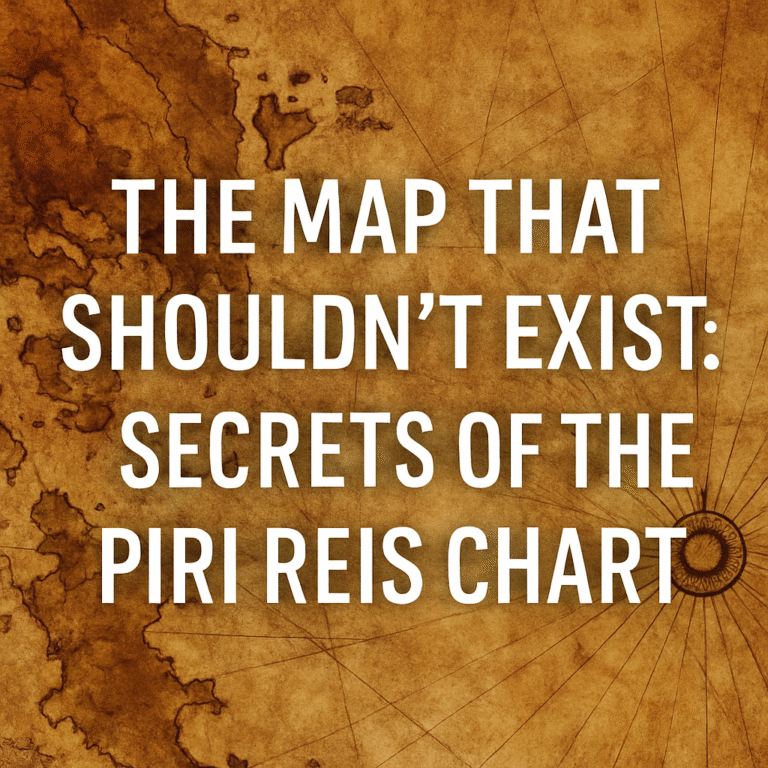
🕰️ Introduction
Time is an invisible force that governs everything—from the rising of the sun to the ticking of your smartwatch. But have you ever wondered how humans started measuring time in the first place? Our methods have evolved significantly—from gazing at stars to checking our digital wrist displays.
In this post, we’ll take you through a fascinating timeline of how humanity has tracked time for centuries. Whether you’re a history buff, tech lover, or someone fascinated by human innovation, this journey through time will leave you in awe.
🌌 Ancient Star Maps: The Original Timekeepers
Long before mechanical devices, humans used the sky as a calendar and clock. By observing the movement of stars, planets, and the sun, ancient civilizations developed early forms of timekeeping:
- Babylonians and Egyptians tracked the sun’s position during the day and the phases of the moon at night.
- Stonehenge in England is believed to function as a solar calendar, aligned with the summer and winter solstices.
- Ancient Chinese star maps, dating back over 2,000 years, helped chart constellations for both agriculture and navigation.
These celestial tools weren’t just scientific—they were spiritual and deeply embedded in culture.
☀️ Sundials: Measuring Shadows
Sundials emerged as one of the first human-made instruments to track time using the position of the sun.
- The Egyptian sundial (around 1500 BCE) divided daylight into 12 parts.
- The Greeks and Romans improved sundial design, creating portable models for travelers.
- Sundials taught people about the concept of hours and the passage of time, but they were limited—useless on cloudy days or at night.
Still, sundials represent an ingenious leap from observing the heavens to controlling time on Earth.
🔥 Water Clocks and Candle Clocks: Time in Motion
Civilizations like the Chinese, Greeks, and Persians experimented with clepsydras, or water clocks. These devices used water dripping from one container to another to measure fixed intervals.
Meanwhile, in other parts of the world:
- Candle clocks marked time by burning wax at a consistent rate.
- Incense clocks were used in Buddhist temples to measure meditation periods.
These early inventions laid the foundation for mechanical timekeeping—accurate, repeatable, and independent of the sun.
⚙️ Mechanical Clocks: The Birth of Precision
The real revolution in timekeeping came with the invention of mechanical clocks in the 14th century.
- In Europe, cathedral towers were often home to giant weight-driven clocks that rang bells at regular intervals.
- By the 17th century, clockmakers added pendulums and gears, greatly improving accuracy.
- Pocket watches emerged in the 1600s, allowing personal time tracking for the first time in history.
Mechanical clocks marked the beginning of standardized time, essential for trade, navigation, and urban life.
⏱️ Atomic Clocks: Measuring Time at the Speed of Light
The 20th century introduced atomic timekeeping, where time is measured based on atomic vibrations.
- The first atomic clock was built in 1949 and used ammonia.
- Today’s most accurate clocks use cesium atoms and can measure time with a margin of error of 1 second every 100 million years.
Atomic clocks power GPS systems, global internet networks, and international time standards like UTC (Coordinated Universal Time).
🖥️ Digital and Smartwatches: Time on Your Wrist
Fast forward to the 21st century, and we’re surrounded by digital time displays—on phones, laptops, appliances, and most notably, smartwatches.
- The first digital watch (Pulsar LED) debuted in 1972.
- Today’s smartwatches not only tell time but track heart rate, sleep, steps, and even moon phases.
- Brands like Apple, Samsung, and Fitbit have transformed the simple wristwatch into a mini-computer.
Smartwatches are the ultimate timekeepers—compact, portable, and deeply integrated with modern life.
🔄 Why Timekeeping Evolved
The journey from star maps to smartwatches wasn’t random. It was driven by:
- Agriculture: Seasons dictated planting and harvest cycles.
- Navigation: Travelers and sailors relied on precise time for direction.
- Religion: Rituals and prayers required tracking time consistently.
- Commerce & Industry: The Industrial Revolution demanded synchronization of labor and transportation.
- Technology: The internet age and space exploration require nanosecond-level precision.
Each new method of timekeeping solved a specific problem for its era—pushing society forward.
🧠 Interesting Facts About Timekeeping
- A leap second is occasionally added to atomic clocks to account for Earth’s slowing rotation.
- The oldest mechanical clock still in operation is at Salisbury Cathedral in England, installed in 1386.
- Some ancient cultures used body shadows or even flower blooms as natural clocks.
Time has always been both a science and an art—measured by the stars, the sun, machines, and now microchips.
📌 Conclusion: A Timeless Obsession
From marking the solstice with stones to checking a smartwatch while running errands, the way we track time reflects how we live. Timekeeping has helped us organize society, connect across continents, and even measure the life of the universe itself.
Our obsession with time shows no signs of slowing down. And as technology advances, the future of timekeeping may go beyond Earth—perhaps syncing with Mars clocks or quantum time standards.
⏳ One thing is certain: humans will never stop watching the clock.








